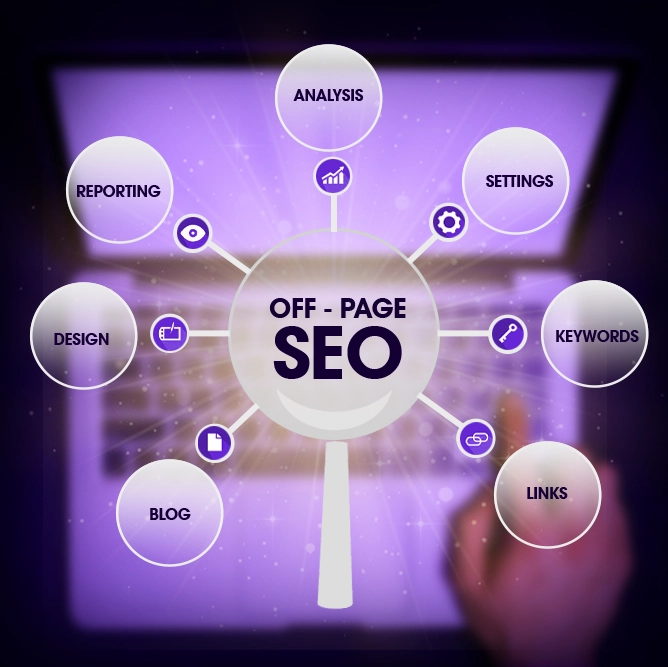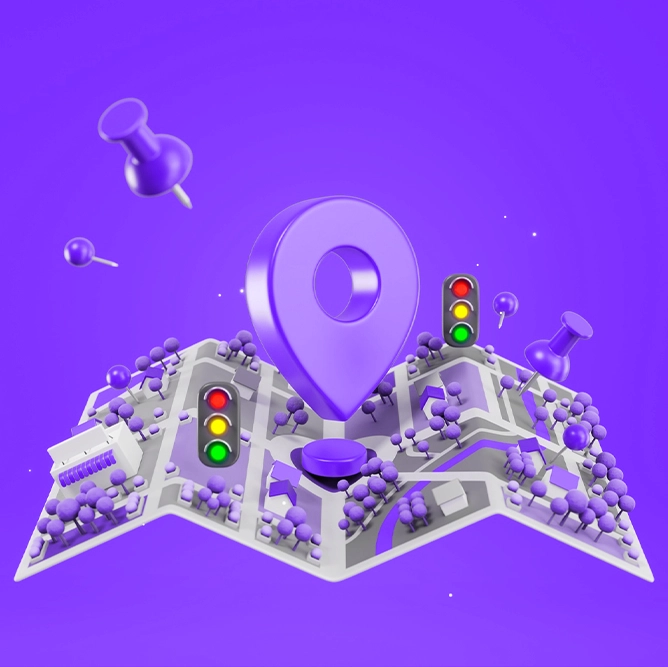In the competitive world of e-commerce, simply driving traffic to your website is not enough. The real goal is to convert those visitors into paying customers. This is where Conversion Rate Optimization (CRO) comes in. CRO is a systematic process of increasing the percentage of visitors who take a desired action, whether it’s making a purchase, subscribing to a newsletter, or filling out a contact form.
What is Conversion Rate Optimization (CRO)?
Conversion Rate Optimization is the process of analyzing user behavior on your website and identifying the obstacles that prevent them from completing a purchase or any other desired action. After that, modifications are made to the site’s design, user experience, and content to increase the likelihood of converting visitors into customers.
Why is Conversion Rate Optimization important?
- Increased sales: The primary goal of any business is to generate profit, and improving conversion rates is a direct way to boost sales.
- Improved return on investment (ROI): Every visitor to your site represents an investment, and improving conversions means getting a better return on that investment.
- Deeper customer understanding: By analyzing user behavior, you can better understand their needs and desires, enabling you to provide a more personalized shopping experience.
- Building stronger customer relationships: When you offer a seamless and enjoyable shopping experience, you build strong relationships with your customers, encouraging them to return.
Key Elements of Conversion Rate Optimization
- Data analysis:
- Analytics tools: Use tools like Google Analytics to gather data on user behavior, such as most visited pages, bounce rates, and time on site.
- Heatmaps: Use heatmaps to see which parts of a page attract the most user attention.
- Session recordings: Review session recordings to understand how users interact with your site.
- Landing page design:
- Clear and concise elements: Use clear headings, bullet points, and strong calls to action.
- High-quality images: Use visually appealing and high-quality images to showcase your products or services.
- Security badges: Reassure customers that the purchase process is secure by displaying security badges.
- User experience optimization:
- Easy-to-use design: Ensure your site is easy to navigate, with all elements clear and easily accessible.
- Fast loading times: Optimize your site’s loading speed to ensure a seamless user experience.
- Improved checkout process: Offer multiple payment options and ensure a smooth and secure checkout process.
- A/B testing:
- Comparing results: Test two different versions of a page or element to see which one performs better.
- Continuous improvement: Continuously run A/B tests to improve your site over time.
- Content marketing:
- Helpful content: Provide valuable and engaging content that answers potential customers’ questions.
- Building trust: Use content to build trust between you and your customers.
- Advanced Conversion Rate Optimization Strategies
- Personalization: Tailor the shopping experience for each customer based on their behavior and purchase history.
- Email marketing: Use email marketing to retarget customers who didn’t complete a purchase.
- Social media marketing: Engage with your customers on social media platforms and build a community around your brand.
- Reducing bounce rates: Decrease bounce rates by providing engaging and relevant content on every page.
Conversion Rate Optimization is an ongoing process that requires patience and commitment. By implementing the strategies and practices outlined in this guide, you can increase your sales and achieve success in the e-commerce world.















